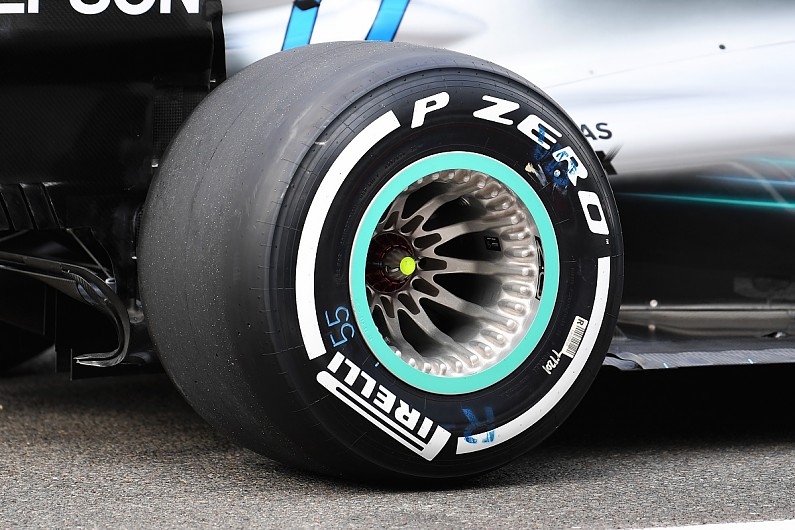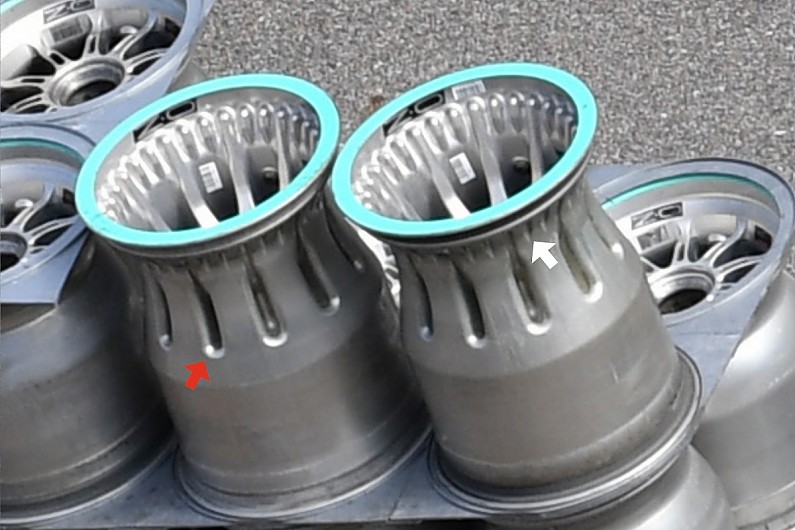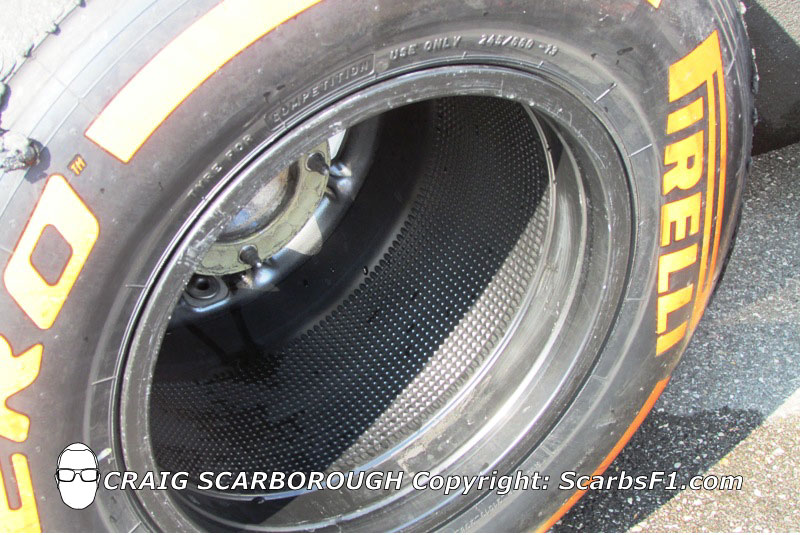I know this is SEEMS over-simplified but for teams that are struggling to keep the temps up, or in the right range, might the answer be found in adjusting the toe-in (both F&R). Just a quarter degree can increase the scrub enough to raise temperatures measurably. Yes, that heat comes from increased mechanical drag on straights but, like wing adjustments, the pay-off could very well be worth it if your corner exit speed is higher. Every team has ways to control how much brake heat goes into the rims. Every car essentially has their tires being cooled by the air to essentially the same degree. So why are some cars able to keep the temps up and others struggle to get heat into the tires. It seems that there are only three factors in tire temp, brake heat contribution, atmospheric cooling, and mechanical contribution via alignment geometry, mostly toe-in.
Am I over simplifying things? What say ye?
- Login or Register
No account yet? Sign up




